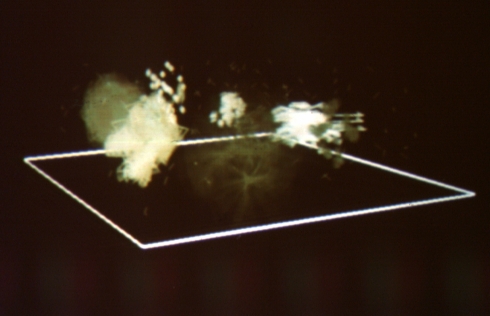
Initialisierung des Systems
selforganisation
The term "self-organization" stems from intensive efforts in various scientific disciplines to clarify the spontaneous emergence of order and structure and their evolution into increasingly complex systems [Haken and Wunderlin, 1991]. The study of macroscopic components, which initially emerged in the form of several nearly unrelated efforts, has today been consolidated under this concept. This cross-disciplinary research approach increasingly erodes the conventional clear-cut distinctions between simple systems as studied in physics and chemistry and complex systems as examined in biology and human science. Processes that tend to generate spontaneous ordered structures can be found in all branches of science and all areas of animated and non-animated nature. Examples include the emergence of frost-flowers on a freezing window, life in an anthill or a bee colony, thermodynamic convection flows in fluids, the inherent dynamics of flocks, herds or other animal communities [Reynolds, 1989] (e.g., schools of fish, aggregate behaviour of insects or birds), the emergence of social or industrial structures (e.g., corporations, public authorities, families), and the self-regulation of traffic.